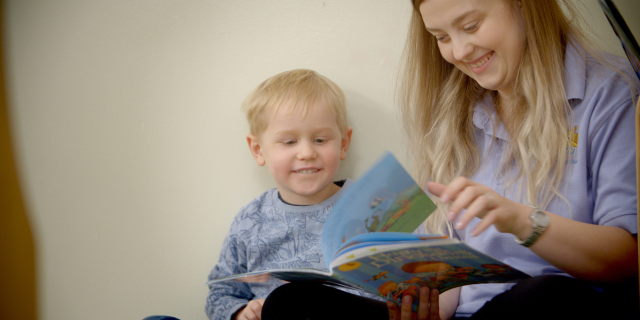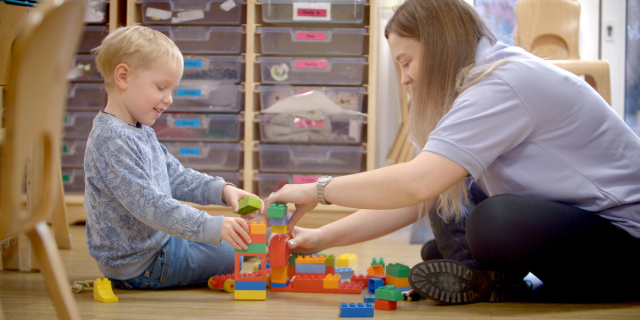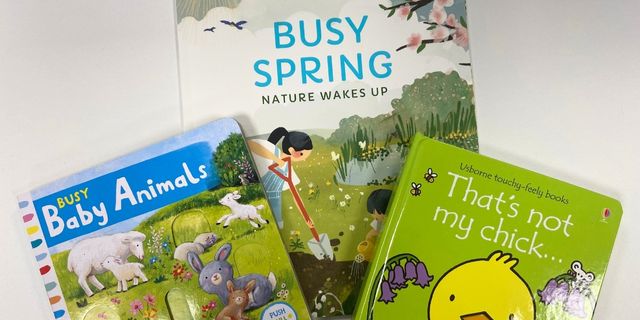Blog
Story Time Alive and Well | Kiddi Caru
Blog

Recent reports say bedtime stories have become a dying art.
Sharing a story is such a precious time between parents and their little ones. As well as, emotional and developmental benefits. We didn’t want to believe that bedtime stories were becoming a thing of the past. So, Kiddi Caru, conducted a survey to discover how much exposure children aged 0-5 years old have to literature.
The data revealed that bedtime stories are still alive and well. With 99% of parents claiming they still read to their child (83% doing so as part of a bedtime routine). Also, our findings showed the majority of children are read to every day (75%).
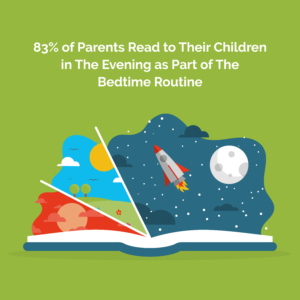
Parents explained that they don’t believe devices are taking the responsibility of reading off of them. A staggering 98% still prefer good old-fashioned physical books when reading to little ones.
Why is Reading to Young Children Important?
Reading from a young age has a range of benefits that make taking time daily to sit down and share a story worthwhile.
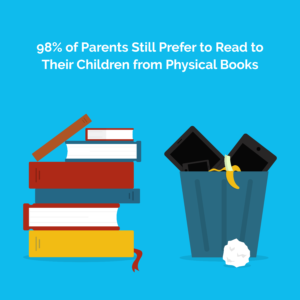
Technology Break
Technology has its place in everyday life, even for toddlers a little exposure to technology isn’t harmful. However, it’s a fact that electronic devices, with blue lighting, can be very stimulating – not ideal to encourage sleep.
By preparing for bedtime 15-20 minutes earlier, you can dedicate time for a story before leaving them to drift off. The sound of your voice will help relax them, making falling asleep an easier task.
The majority of parents (86%) do believe that children are enjoying books less because of the availability of entertainment on screens. Such as games on tablets, consoles, TV shows and movies. But there are other great benefits reading to children clearly illustrate. Thereby, demonstrating why keeping the tradition of bedtime stories alive is vital to a child’s development.
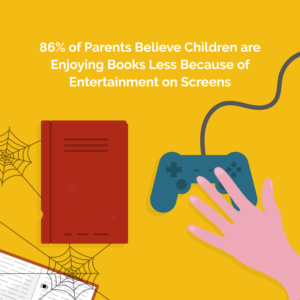
Morals
Very young children may find some story concepts hard to grasp when explained by an adult. That is why many children’s books often have a moral or an important life lesson to teach. By entwining a moral throughout an engaging story, your child is given context around the lesson. Therefore, making the reasoning simpler for young children to understand. Although, three quarters of parents admit to not choosing books based on whether it has a moral, many children’s books are written with a moral in mind.
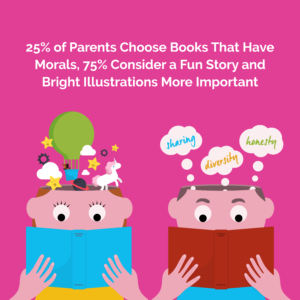
Fuels Imagination
Learning about fictional characters and the extraordinary things they get up to helps little ones strengthen their imagination. They will begin to transfer storylines and character types into their everyday play or even start role playing by acting out scenes from the book. This gives them the opportunity to be creative, a personality trait that becomes useful in many walks of life.
Teaches Focus
Encouraging the habit of sitting still and listening for the duration of a story helps children to focus and develop their attention span. This helps to prepare them for when they start in an educational setting. Whether at nursery or school, the educational provider in these environments will usually ask children sit down for a group story or song. Having already developed their focus at home will make it easier for them to sit still when required.
Speech and Language Development
Reading to your child provides a unique space of one-to-one time where they can listen to language and practise their own speaking without distraction and background noise. Young children watch and listen as adults read to them, understanding the sounds made with different movements of their mouth and lips.
Books also play a huge part in teaching children their first words such as colours, shapes, numbers and animals, with every new book providing a chance to expand their vocabulary.
Kiddi Caru Recommend
Although there are specific books targeted at those under one, any children’s book with bright illustrations and fun rhymes will be enjoyable for all babies and toddlers. Check out our top recommendation of books for preschoolers and children under 5 years.
Share this article
Related blog/news
Swipe to see our latest articles.
